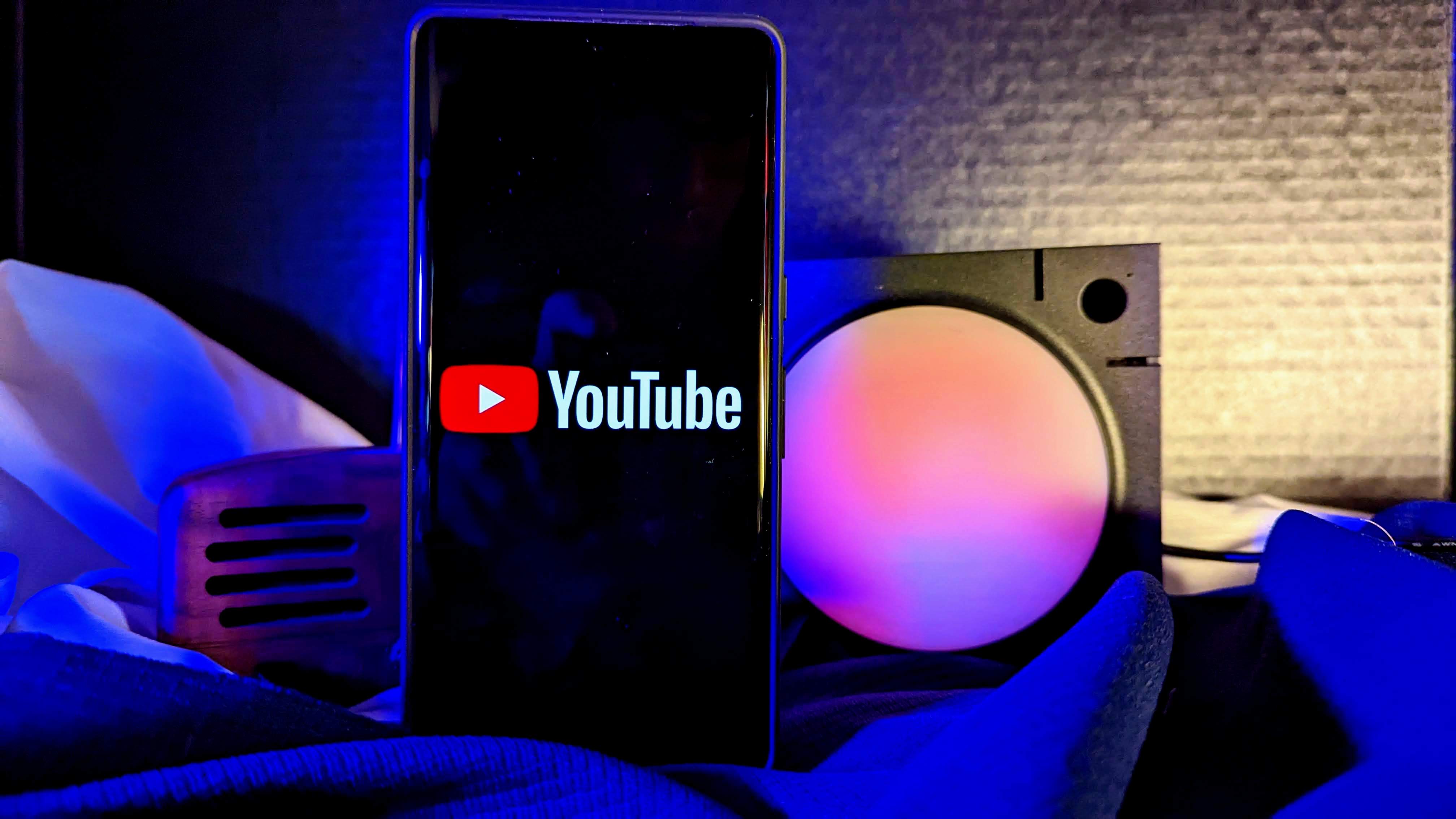Android allows apps to see your photos, like every computer does [FUD]

Let's file this under "anything for a story about Android". The New York Times has decided that Android is also "vulnerable" to apps being able to see your pictures, just like it was designed to do. It all stems from some press recently where iOS had a loophole that allowed apps without permissions to access photos stored on a user's mobile device. There is a big difference here though, and it's in the design.
iOS was designed so that nothing but the gallery on your device, or iTunes had access to your pictures. Developers that had to access GPS data could get in the Camera Roll, because a lot of pictures have and use GPS data. Rene does a really good job at explaining this over at iMore, and you should read it. Personally, I didn't think it was a severe security hole on iOS, but it was a loophole that Apple decided to fix. That's good -- if you're going to have a permissions policy on a certain part of the file system, you should enforce it. Even a silly permissions policy.
Android, on the other hand, was not designed this way. It's like a Windows computer. Or a Mac computer. Or a Linux computer. Or a digital camera. Even the computer used to write the story at the NYT allows complete access to photos -- they all do. It's standard file input/output, and just because Apple decided not to use it makes no difference. It doesn't stop there, either. Documents, videos, music, all media is able to be shared in a modern operating system. I can use Microsoft Office and see the pictures folder on every computer here at my house, because it was designed that way. It makes things easy to use and share, because we like to use and share digital media.
Unfortunately, all the fuss over "private" data lately has even Google second guessing themselves:
We originally designed the Android photos file system similar to those of other computing platforms like Windows and Mac OS. At the time, images were stored on a SD card, making it easy for someone to remove the SD card from a phone and put it in a computer to view or transfer those images. As phones and tablets have evolved to rely more on built-in, non-removable memory, we're taking another look at this and considering adding a permission for apps to access images. We've always had policies in place to remove any apps on Android Market that improperly access your data.
This could just be PR spin, or Google really may have to make things harder for us all because of silliness. I don't want this, I'm assuming that most of you guys don't want this either. Do yourself a favor, and don't fall into this trap.
Source: New York Times
Have you listened to this week's Android Central Podcast?
Get the latest news from Android Central, your trusted companion in the world of Android

Every week, the Android Central Podcast brings you the latest tech news, analysis and hot takes, with familiar co-hosts and special guests.

Jerry is an amateur woodworker and struggling shade tree mechanic. There's nothing he can't take apart, but many things he can't reassemble. You'll find him writing and speaking his loud opinion on Android Central and occasionally on Threads.
